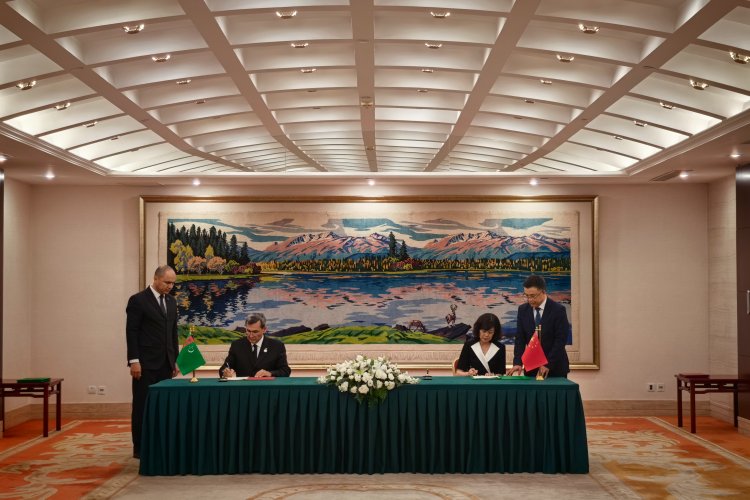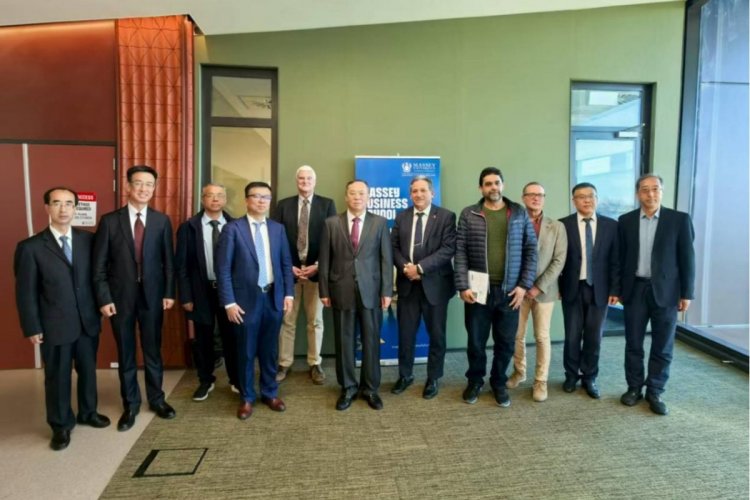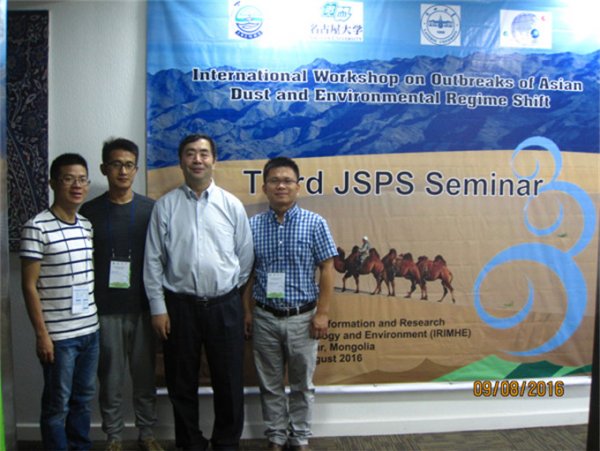
At the invitation of S. Khudulmur, director of Information and Research Institute of Meteorology, Hydrology and Environment (IRIMHE) in Mongolia, Huang Jianping, Professor of College of Atmospheric Sciences, Lanzhou University(LZU), with three young teachers attended the third session of International workshop on Outbreaks of Asian Dust and Environmental Regime Shift in Ulan Bator, Mongolia from 7th to 13th, August. The meeting was jointly held by the Information and Research Institute of Meteorology, Hydrology and Environment, Mongolia, Nagoya University, Japan, and Lanzhou University, China. The theme of the conference is to explore the dust storms, which is mainly from Gobi, the Taklimakan Desert, Mongolia and other Asian arid area, its impact on the environment change mechanism, and the research progress related to major research problems. Over 100 scholars participated in the conference, and they are mainly from universities, and research institutes in Mongolia, China, Japan, the United States , Germany and other countries.
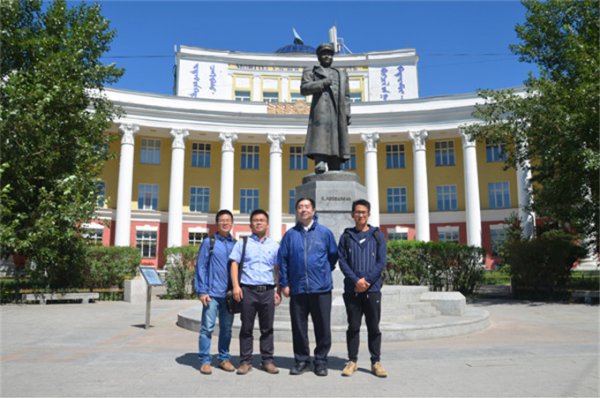
Prof. Huang Jianping delivered an invited speech entitled “Comparison of Optical Properties Between Pure and Anthroprgenic Dust Measurement by Ground-Based Lidar”. The new method of distinguishing artificial sand and dust and its applied prospect have been put forward in the report, which has aroused wide attention and heated discussion in the meeting. Three young teachers Huang Zhongwei, Bi Jianrong and Shijinsen delivered academic reports respectively, and introduced research progress made by LZU on dust and biological aerosol observation experiments in northern China in recent years. Dr. Huang Zhongwei gave a training course entitled “Measurements of Dust and Bioaerosol by radar”, introducing the basic principle of atmospheric remote sensing technology of laser radar, and the progress made by Lanzhou University in the field of research, development and observation of laser radar.
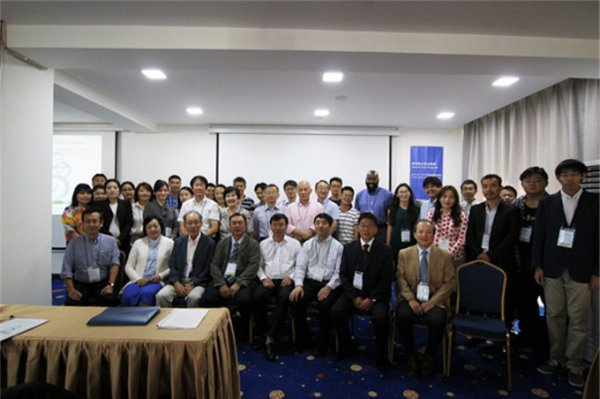
During the conference, Prof. Huang Jianping, with his colleges, was also invited to visit the Mongolia National Meteorological Bureau, Information and Research Institute of Meteorology, Hydrology and Environment, Mongolia National University and other institutes. They jointly discussed the Sino-Mongolia cooperation plan, including joint observation experiment, mutual exchanges and personnel training. In addition, Prof. Huang Jianping invited the Mongolia meteorological and environmental scientists to visit our school in the second half of the year, which will be the first station to carry out collaborative research between the College of Atmospheric Sciences and countries along “The Belt and Road Initiatives”. And LZU will further expand cooperative research among scientific research institutes in the Central Asian countries.
(Translated by Zhu Yanlin; proofread by Chen Yan)


